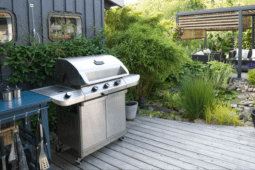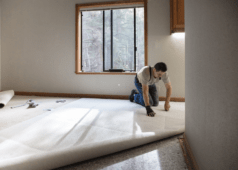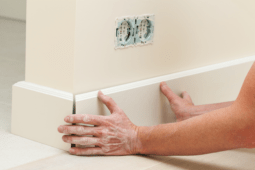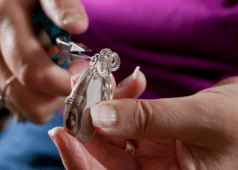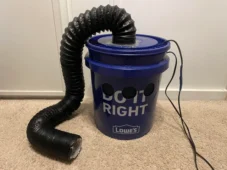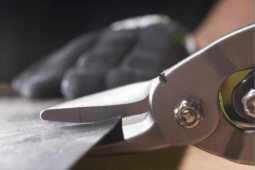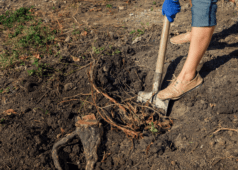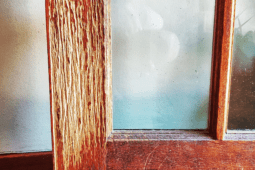What To Do When Your Ceiling Has Water Damage
Leaking pipes or roofs may lead to water ceiling damage if not addressed promptly. That is why fixing water damage ceiling is a skill that every man – and woman – needs to know. Though severe damage which leads to the replacement of plasterboard may need to be repaired by professionals, you can still fix minor problems by yourself with the right tools and a little bit of skill.
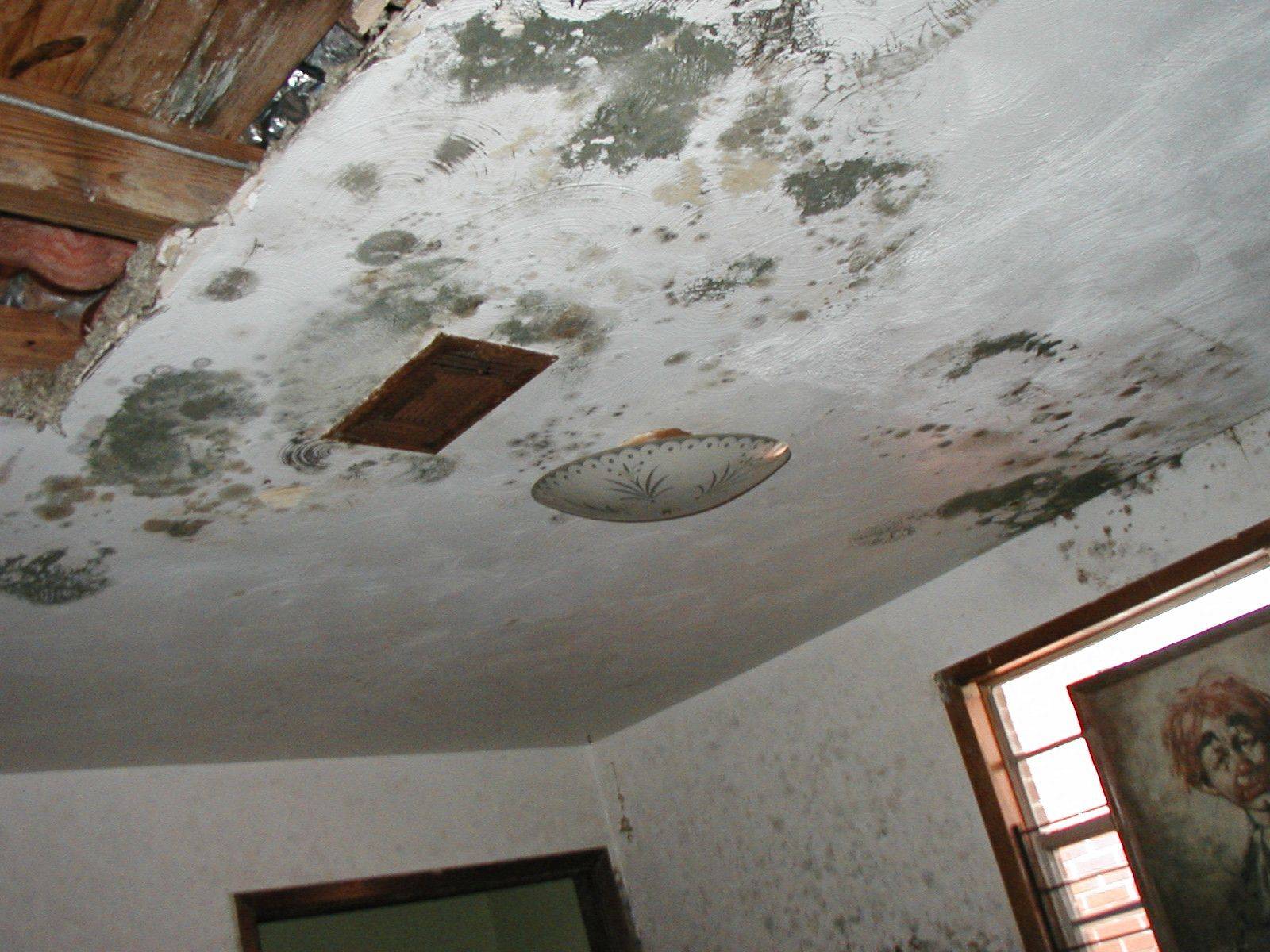
Reasons for Ceiling Water Damage
The ceiling conceals the underside of a roof structure, and it also serves as a partition between floors. We seldom look up at it, but in rare cases when we do, we need to be observant of the ceiling. Water damages the ceiling in several ways. But what truly causes water leaks that eventually lead to damage in your ceiling?
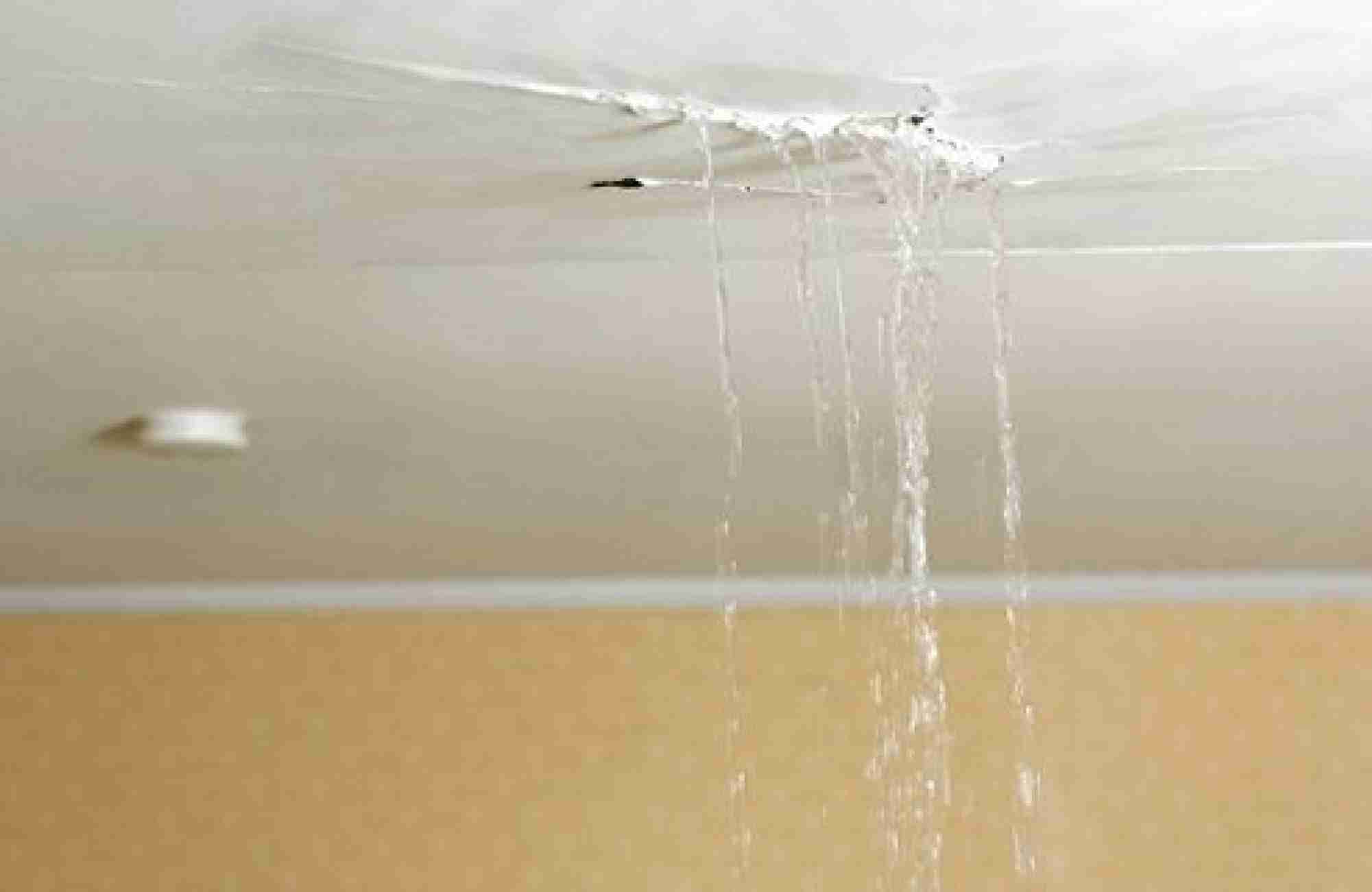
The ceiling conceals the underside of a roof structure, and it also serves as a partition between floors. We seldom look up at it, but in rare cases when we do, we need to be observant of the ceiling. Water damages the ceiling in several ways. But what truly causes water leaks that eventually lead to damage in your ceiling?
Leaking roof
Many of us tend to ignore a leaking roof, especially when it does not leak a lot. However, ignoring it for a long time will lead to a cumulative problem of water stains on the ceiling. The problem is also hard to spot unless the leak is too severe that it floods a portion of the floor. The dampness brought about by a leaking roof will mostly result in the discoloration of the ceiling. Hence, you need to address the issue as soon as you spot it. Otherwise, it can ruin a big portion of your ceiling.
Leaking and bursting pipes
Overhead pipes also pose major concerns when it comes to leaking and bursting. Small leaks from the pipeline need to be repaired as soon as possible. It can yield a bigger problem once the leaks have pooled in an area. This will also result in the ugly discoloration of your ceiling.
Bursting pipes, on the other hand, tend to happen during winter or whenever the weather gets cold. Winter may freeze and expand the water within the pipe, which causes the pipe to burst. This problem usually happens if the pipes are too old or if there’s a weak spot.
Signs of a Leaking Roof
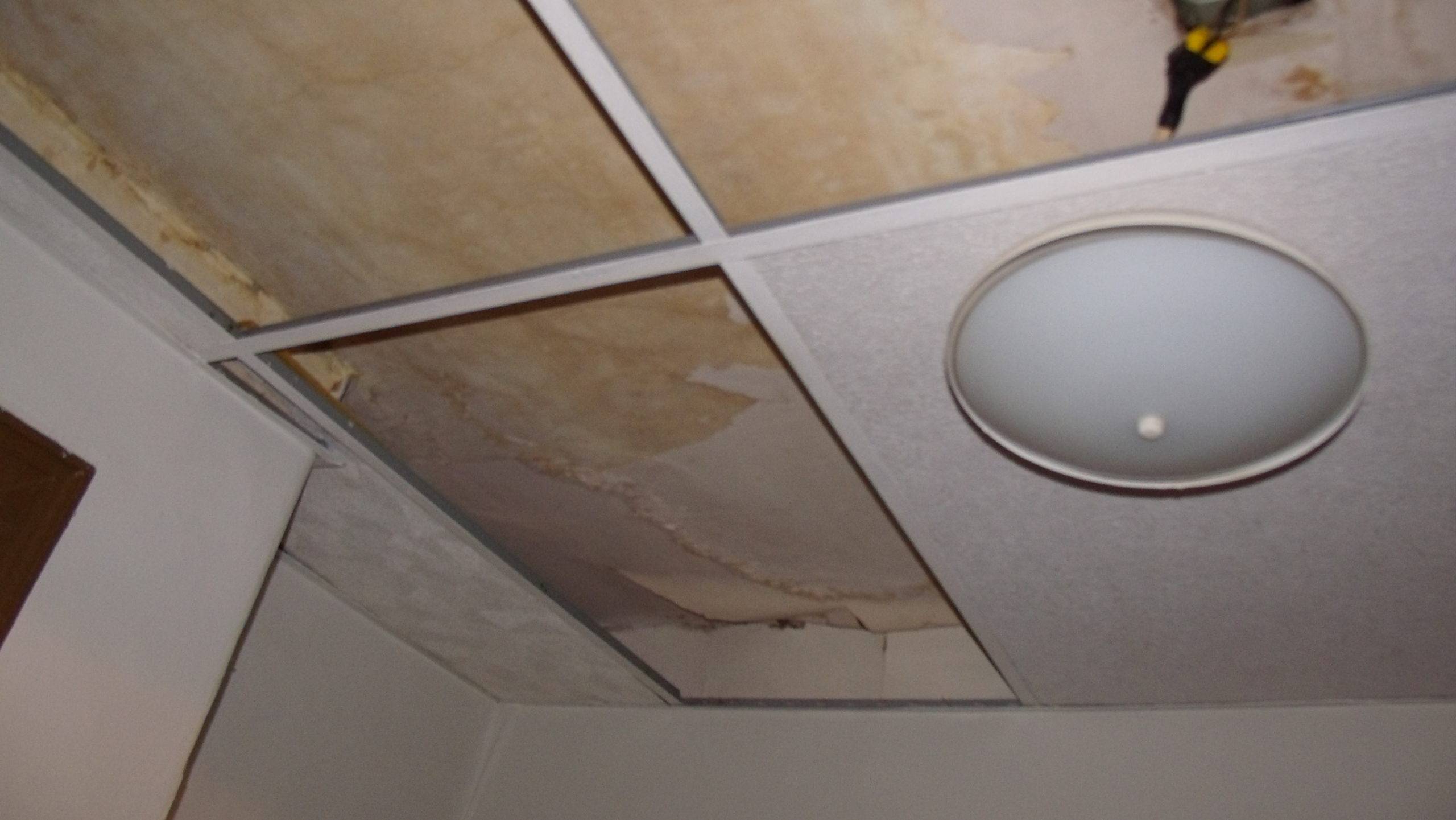
Fixing water damage ceiling starts with identifying the signs that are indicative there is a problem in the first place. Otherwise, if we fail to notice the early signs, it can lead to a major problem such as leaks in the ceiling itself.
- Discolored spots in the ceiling
- Foul odors from mold and mildew development
- Peeling or cracking wall surfaces
- Lump in the drywall
- Ceiling stains
- Ceiling may sag
- Wall surface may bubble
Ways to Fixing Water Damage Ceiling
The difficulty of fixing water damage ceiling depends on the severity of the problem. If you notice the problem early, then there’s a great chance that you can resolve it on your own. With the right skills and tools, you can easily fix the water damage on your ceiling. But if you think that the damage is really severe and you do not know what to do, then call a professional for help.
Identify and Prevent Further Damage
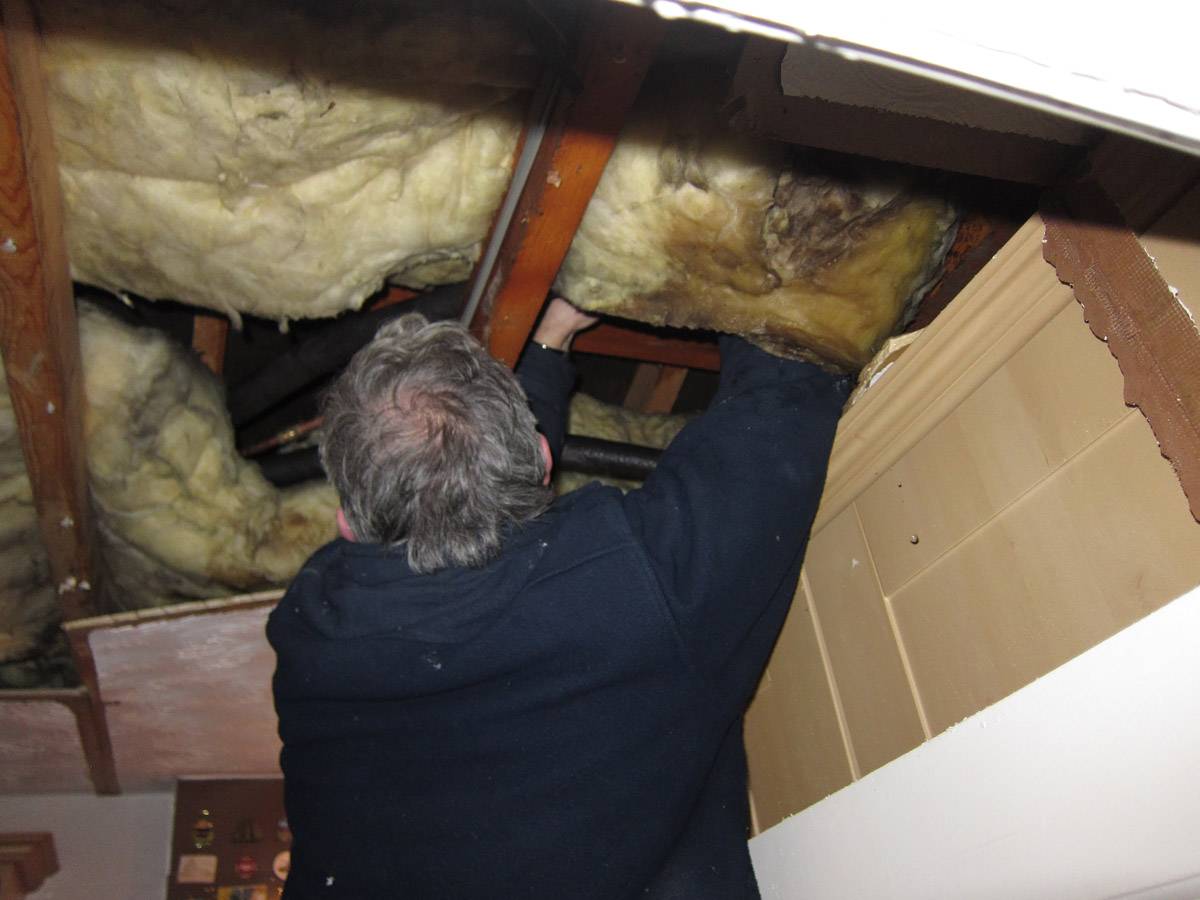
The first step in fixing water damage ceiling is to identify the problem, and prevent more damage. Check the cause of the leak whether it comes from the bathroom above, a leak in an appliance such as your dishwasher, or probably the roof itself. Once you have identified the problem, take a step to stabilize the situation and prevent more damage to your ceiling.
If it comes from an appliance, be careful not to electrocute yourself. It is best to turn it off and unplug, but only if you deem it safe to do so. If not, take care of the water that has pooled from it first. Dry the area and turn it off once you can.
For bursting and leaking pipes, turn off the water source where the pipe connects. Do not use the pipe until you have repaired the damage. Moreover, if the problem is in the roof itself, do everything to patch a hole or source of water as much as you can. Though this is easier said than done, it will help prevent more damage.
Whenever there is a pooling of water, you can create a small hole in the ceiling so that the water can pass through it. Make sure that you have a bucket ready so that you can catch whatever amount of water that has pooled.
If you have a hard time locating the source of the leak, you can try moving along with your pipes and water sources. You may also try several tricks such as using sheets of toilet paper to pinpoint any moisture and water source.
Patch up the Leak
After stopping more water leaks and stabilizing the situation, you can proceed with patching up the leak. It is of utmost importance to repair the source of the leak. Otherwise, you will have the same problem over and over again. Fixing water damage ceiling requires you to check for all sources of possible leakage, and patch these things up.
Dry and Assess the Damage to the Ceiling
After you have patched up the leak, you need to dry the area thoroughly. Drying the spot can be challenging since some of the water has been absorbed by the drywall already. Trapped water may not be visible from the surface. Hence, many people tend to think that they have accomplished the job only to find out that they didn’t when molds start to appear.
To ensure proper drying, make sure there is great ventilation within the room. You may also use a fan to speed up the drying. Some who have portable heaters and dehumidifiers can make use of these types of equipment too. Professional restoration companies make use of moisture meters to confirm whether the spot has dried completely or not.
You may also need to remove a portion of the ceiling during this stage if you haven’t yet. Sometimes, it is best to check in with professionals at this stage. They help lessen the danger as they know how to keep electrical wires away. If you opt to do this yourself, check for electric wires and properly mark their position using a pencil. Cut the damaged plasterboard to the nearest horizontal joists. Cut it in one piece as squarely as possible so that it’ll be easier for you to cut the replacement plasterboard as well.
Once the drying is complete, you can clearly see the extent of the damage. For small leaks, you may repair them on your own. But larger leaks may require professional supervision.
Repair the Ceiling
Repairing the ceiling is obviously the last step. However, you need to wait in fixing water damage ceiling. Experts advise delaying fixing the ceiling for a couple of days or so. This is to allow ample time for you to observe whether there will be a new accumulation of water or not. If yes, then you weren’t able to properly fix the cause of the leak. But if you have not seen any water traces, then you are free to start the repair process.
Depending on the severity of the problem, you may opt to do it yourself or ask an expert in fixing water damage ceiling. Removal of a bigger part of the ceiling may be required depending on the damage the water has brought.
Measure and hang a new plasterboard
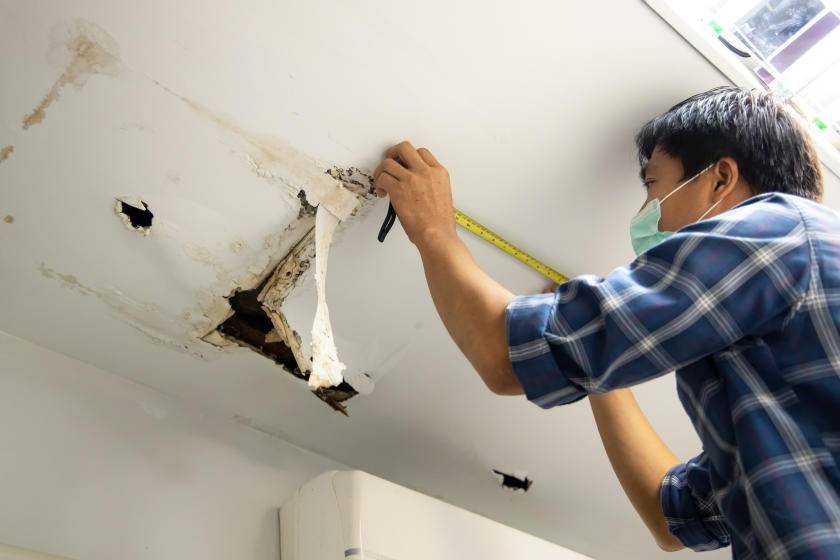
In choosing a new plasterboard, you have to ensure that it matches the thickness of your ceiling. Measure the part you need to cover and cut the plasterboard carefully. Before putting the new plasterboard for cover, replace any damaged or removed insulation. Then, apply the new plasterboard and secure it with plasterboard screws.
Use a jointing compound to connect the new boards to your existing ones. Also, apply the same over screws. Lastly, tape the joints with plasterboard tape.
Re-skim and paint
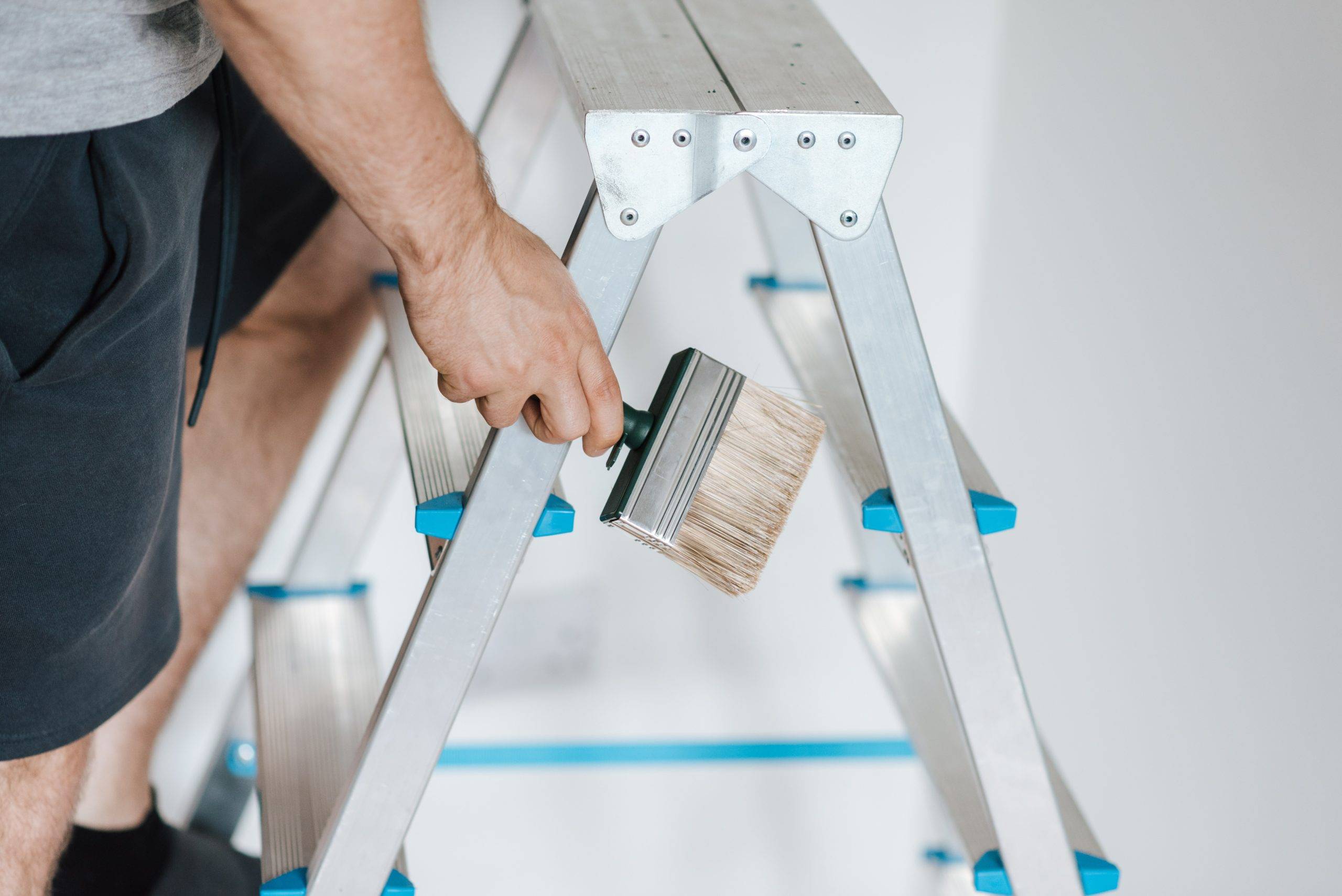
Re-skimming is usually done once the jointing compound has dried up. Professionals can help do this part if you do not know how to do it yourself. Once everything has dried up, you can prime and paint it for a wonderful finish.
Takeaway
Fixing water damage ceiling can be done on your own if you have the skills and expertise. However, when you’re unsure of what to do, it is best to consult a professional to do it. There are many important considerations that you need to consider such as electric wires and the possibility of other leaks. So, whether you choose to fix the water damage ceiling yourself or hire a professional, make certain that safety is practiced at all times.

